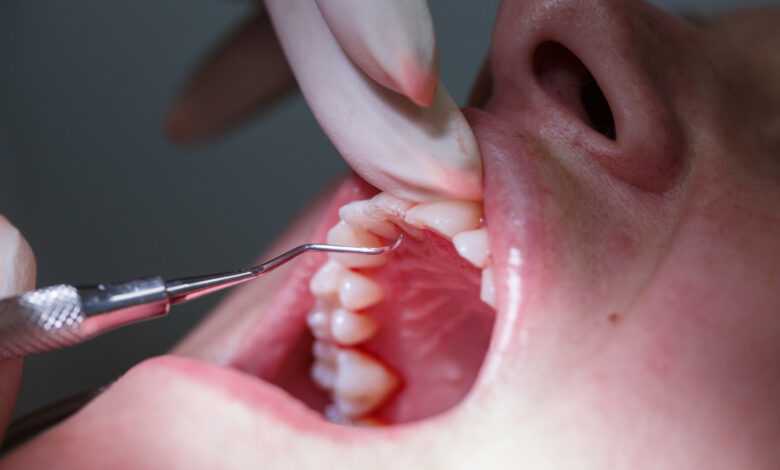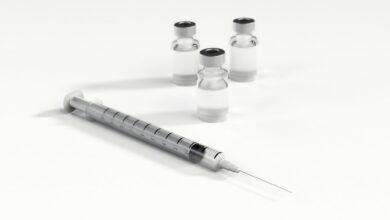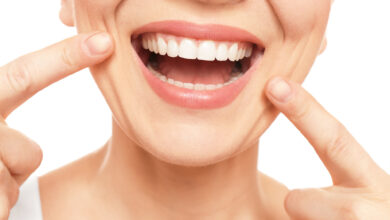The Different Types of Oral Diseases That Are Diagnosed Today

Do you have an oral disease?
Oral diseases are more common than you may think. Having a clean and healthy mouth minimizes the risks associated with infections and the spread of disease.
Without visiting the dentist, you can have an oral disease and not even know it. This article will explain the different oral conditions, their symptoms, and when to see a dentist.
If you want to maintain a healthy mouth, keep reading to learn more about the various types of oral diseases you can contract in the world today.
Dental Caries
Dental caries is caused by a build-up of plaque on the teeth, which leads to the formation of cavities. Plaque is a sticky film of bacteria that forms on the teeth and gums, and if it is not removed, it can harden into tartar.
Tartar is very difficult to remove and can only be removed by a dentist. If cavities are not treated, they can lead to tooth decay and, eventually tooth loss.
Gingivitis
This type of oral disease is an inflammation of the gums. The most common symptom of gingivitis is bleeding gums. Other symptoms may include red, swollen, and tender gums.
Gingivitis is caused by plaque. Plaque is a sticky film of food debris, bacteria, and saliva. Plaque forms on teeth at the gum line. If plaque is not removed, it can harden and turn into tartar. Gingivitis is usually reversible with good oral hygiene.
Periodontitis
It is a serious gum infection that damages the soft tissue and bone that support your teeth. Periodontitis can also be caused by other factors, such as genetics, smoking, certain medications, and certain diseases. It can be mild, moderate, or severe.
If you have periodontitis, your dentist or periodontist will work with you to create a treatment plan. Treatment may include scaling and root planing (a deep cleaning), antibiotics, and surgery.
Dental Erosion
Dental erosion is when the tooth enamel is worn away, exposing the dentin below. This can happen from acidic foods and drinks, grinding the teeth, and even from stomach acid.
Symptoms of dental erosion include sensitivity to hot and cold, pain, and visible damage to the teeth.
An oral pathologist is able to diagnose this disease by looking at the tissues of the mouth and identifying the abnormal cells. Pathologists play a vital role in the diagnosis and treatment of oral diseases.
Dental Abscess
A dental abscess is a pus-filled sac that forms in the tissue around a tooth. It is usually the result of an infection. An abscess can occur in the gums, between the teeth, or at the root of a tooth.
Symptoms of a dental abscess include pain, swelling, sensitivity to hot or cold, and bad breath. If left untreated, a dental abscess can lead to serious complications, such as bone loss, the spread of infection, and death.
Treatment for a dental abscess includes draining the pus, taking antibiotics, and, in some cases, having the affected tooth removed.
Keep These Types of Oral Diseases at Bay
If you have oral disease, it’s important to see a dentist right away. These types of oral diseases can lead to serious health problems if left untreated.
There are many oral treatments available, so early detection is important. Oral health is essential to overall health and well-being. Poor oral health can lead to pain, infection, and even death. Brushing and flossing can help prevent oral diseases.
Did you find this article helpful? You can visit our website for more awesome content.





